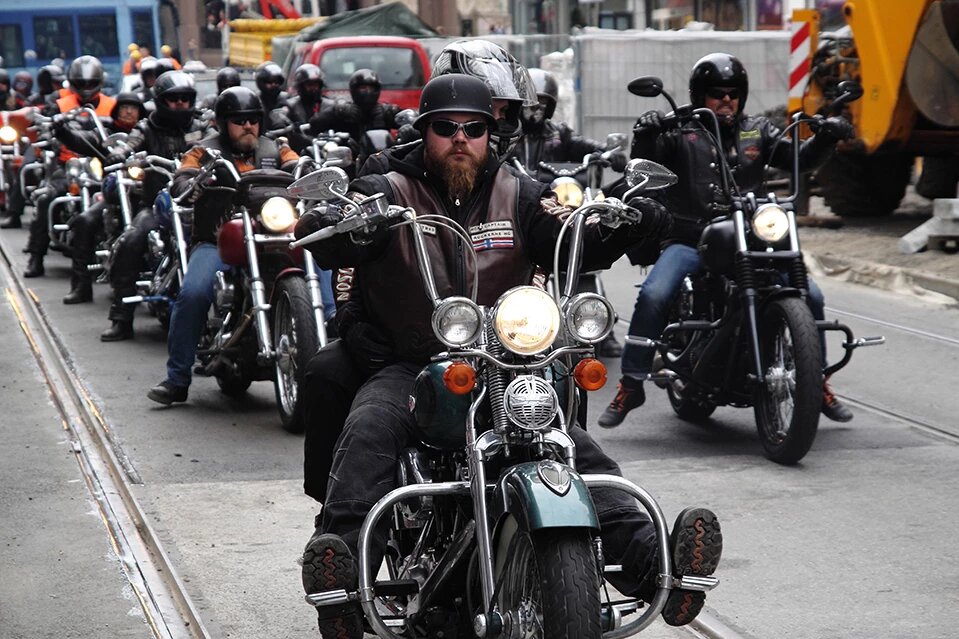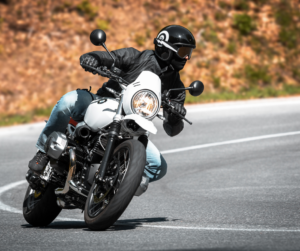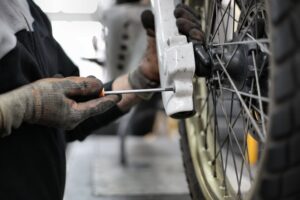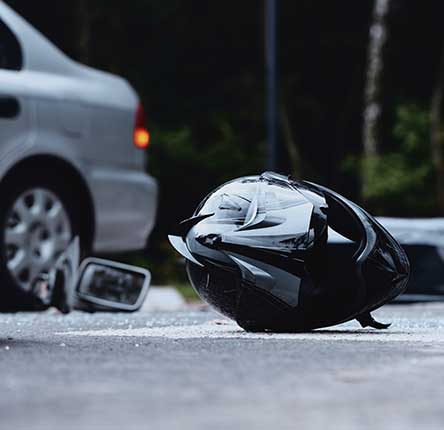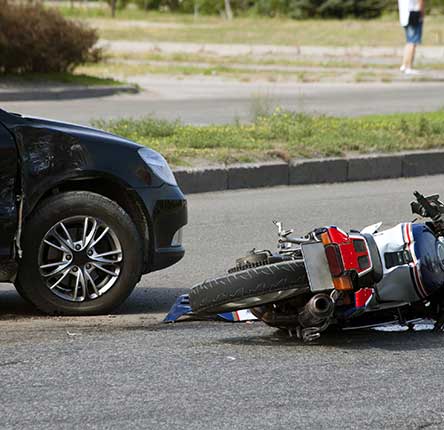Many motorcycle accidents are caused by distracted motorists or drivers who simply do not “see” motorcycles. Therefore, you may have heard that it is safer for motorcyclists to ride in groups because it is easier for other motorists to see the riders. While it may be easier for motorists to notice a group of riders, group motorcycle riding can have risks.
Our Maryland motorcycle accident attorneys offer the following eight safety tips that can help make group motorcycle riding safer for everyone.
- Always Hold a Meeting Before the Ride
Before leaving on a group ride, members should get together to discuss the aspects of the ride. An experienced rider should be placed in the lead position with another experienced rider at the rear (tail or sweep) position. Less experienced riders typically following the lead rider. During the meeting, all riders should review the route, discuss hand signals, review group riding etiquette, and agree on how to handle various situations such as falling behind, mechanical problems, and poor weather. - Agree on a Manageable Number of Riders
Seven is typically the maximum number of riders per group. Larger groups are more difficult to control on the road. For groups larger than seven, sub-groups can be created with individual leaders and tails to prevent bunching up on the road. - Avoid Riding in Straight Lines
A staggered riding formation allows riders to see the road ahead, including potential hazards and oncoming traffic. The lead rider positions the motorcycle in the left third of the lane with the second rider positioned about one second behind the lead but in the right third of the lane. The remaining riders stagger themselves in the same manner. When the group encounters a curve, members move to a single-file line through the curve and then move back to the staggered position for straightaways. Riding side-by-side is riskier because riders do not have space or time to adjust to road conditions such as traffic and road debris. - Always Use Group Riding Hand Signals
Every rider in the group needs to understand group riding hand signals. Leaders may want to review the hand signals that riders will use before leaving for the ride just to ensure that everyone understands the meaning of the signals to avoid issues during the ride. - Do Not Exceed Your Comfort Level
Even though you are riding with a group, do not attempt to ride at speeds that exceed your comfort level. If you are separated from the group, do not panic. Your leader should have a pre-planned procedure for all riders to follow to regroup. - Passing Other Vehicles
If you need to pass another vehicle, riders should pass the vehicle one motorcyclist at a time. Each rider needs to position their motorcycle in the left third of the lane before beginning to pass the vehicle so that the rider can see oncoming traffic to pass the vehicle safely. Once a rider passes the vehicle, the rider can take up the correct position for staggered riding. - Always Be Prepared for Emergencies
One or more riders should carry a first aid kit and full tool kit for the group. If a rider experiences an emergency, there should be a clear plan for how to notify other riders in the group and who will pull over with the rider in trouble. - Schedule Adequate Breaks for Longer Rides
Even experienced riders need to take regular breaks during long rides. Leaders need to access each person’s skill level before leaving to determine how often to take breaks along the ride. Riders with less experience or specific needs may need additional breaks.
Have a Plan for the Unthinkable
The goal of a group motorcycle ride is for everyone to arrive at the destination safely. However, leaders should have a plan in case one or more of the riders are involved in a motorcycle accident. In many cases, the group pulls over to a safe location to lend aid and wait for police officers to arrive. Members of a group ride are typically eyewitnesses to the accident and need to remain at the accident scene to provide statements to the police officers investing the crash.
Contact a Maryland Motorcycle Accident Attorney for Help
Whether you were riding alone or with a group, you need experienced legal counsel after a motorcycle accident. Accidents involving multiple vehicles can be complex and challenging. Insurance companies may try to shift liability to other parties. A motorcycle accident lawyer performs an independent accident investigation to determine fault and liability to protect the rider’s best interest.
For a FREE consultation with one of our Maryland motorcycle accident attorneys, call Pinder Plotkin at 410-661-9440.

